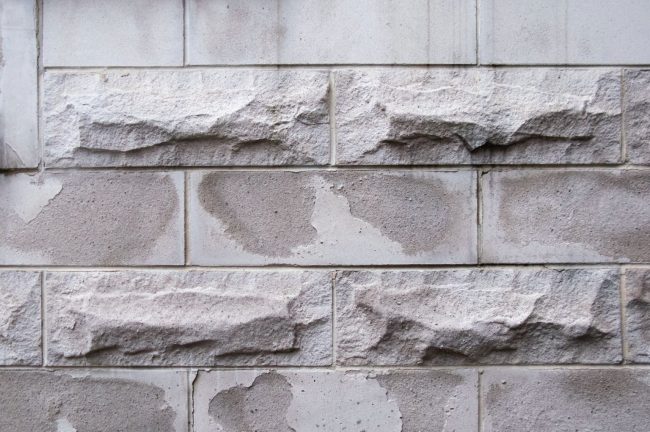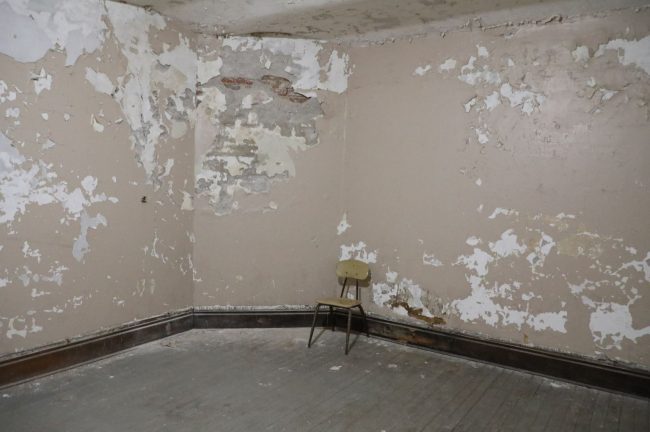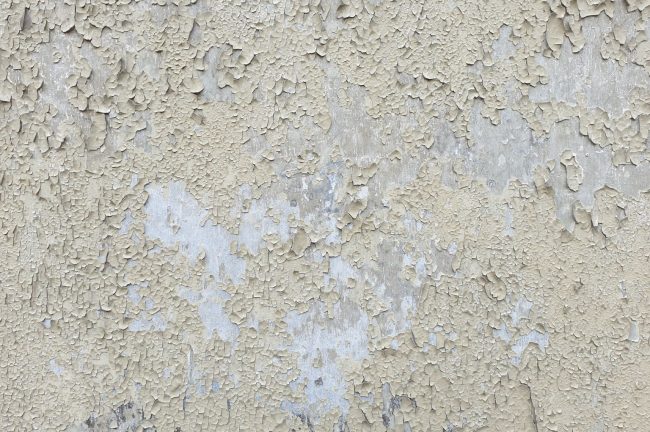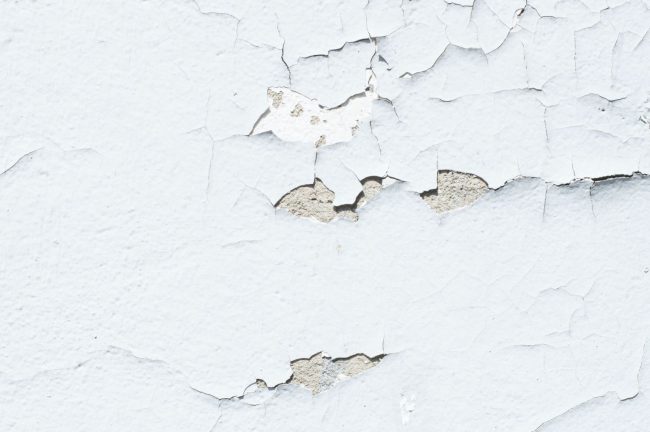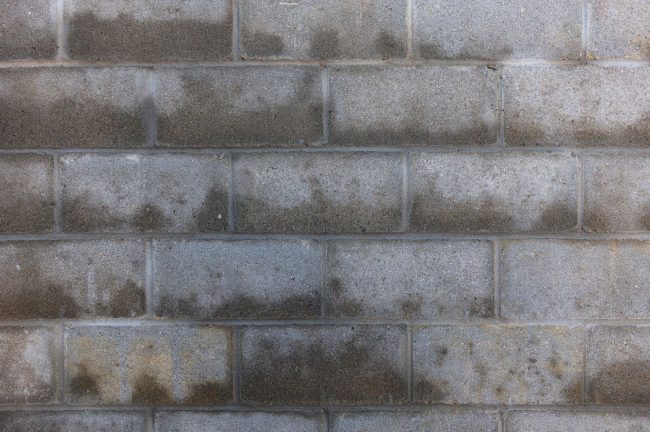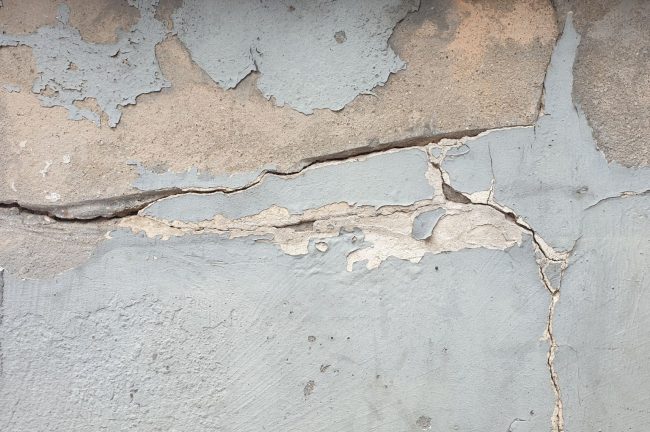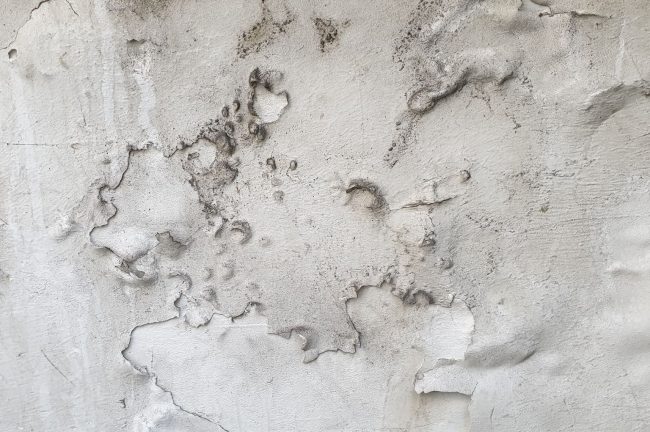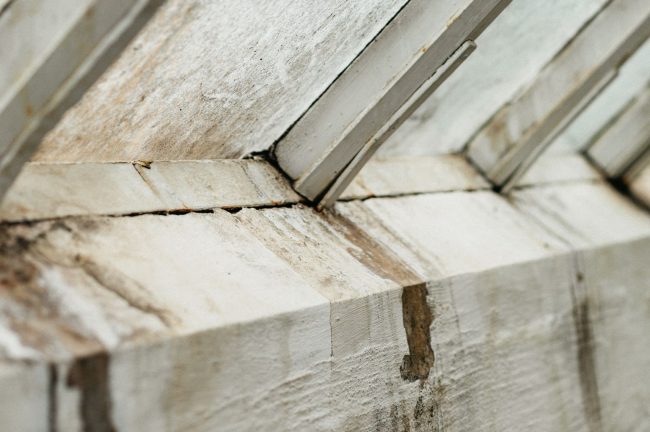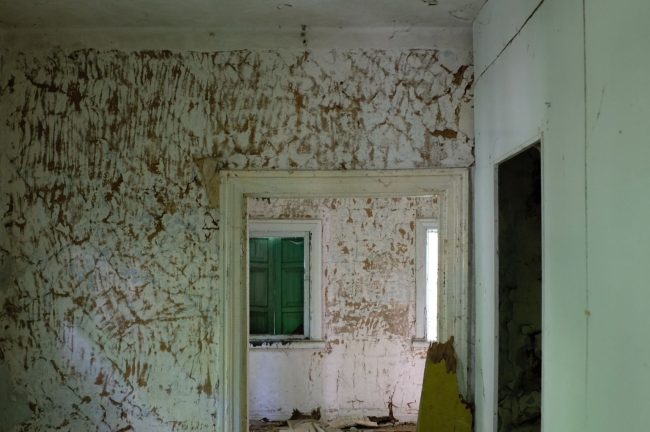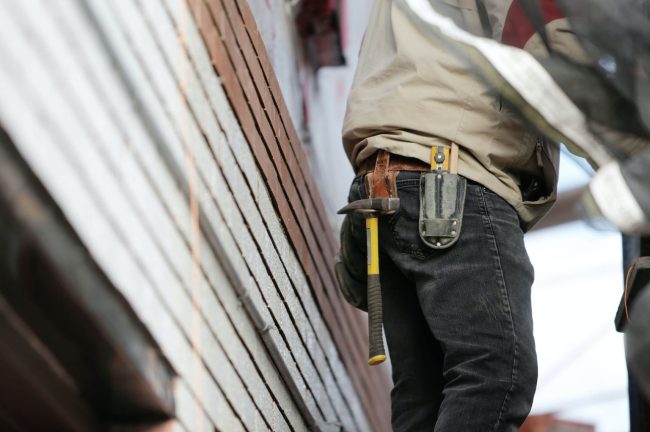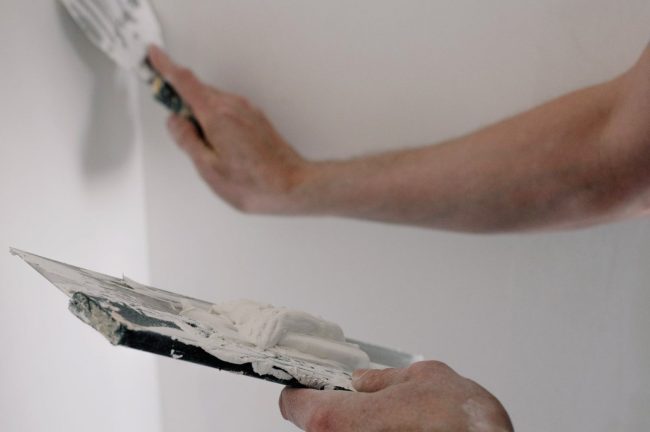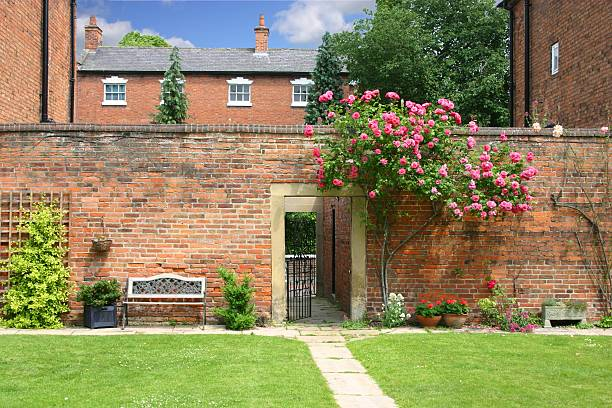Key Takeaways
Recognize and Address Damp Early: Ignoring dampness can lead to increased damage and higher repair costs. Dampness can be caused by various factors, including rising dampness and penetrating dampness. The first step is to identify the cause through a damp survey by a professional.
Damp-Related Problems: Damp issues lead to visible black mould, which can affect both the appearance and health of occupants. Structural damage can occur, especially with rising dampness, causing costly repairs. Dampness can damage paint, plaster, and wallpaper and increase energy bills due to heat loss.
Ways to Get Rid of Damp: Recognize signs of dampness, such as wet patches, flaking plaster, or mould. Use a dehumidifier to reduce excess moisture in the air. Ensure proper ventilation in areas prone to moisture, like kitchens and bathrooms. Check and repair damaged gutters to prevent water infiltration. Consider damp-proof paint for walls with porous bricks.
Damp is annoying. And, if you give it time to fester, it will annoy you more at some point in the future. People often ignore damp patches and moisture-related problems in their houses. But that’s not what it recommended to do.
Ignoring dampness will just increase the damage that it will cause. Also, the underlying hidden causes of damp patch can be anything from pipeline leakage to broken tiles, which, if not repaired on time, will cost even more later on. So, as soon as you see even the tiniest of damp patches anywhere in your house, be ready to take action.
But what action? Are there DIY fixes to get rid of damp problem? Well, no. DIY damp solutions can make things worse. It is always advised to let a professional handle the thing. Before anything, getting a damp survey might be worth it. It allows the damp expert to investigate the damage and cause behind it.
After the survey, the answer to the question of how to remove dampness from walls, comes. The problem will be identified using specialised tools, and the fixes will be proposed. Therefore, the dampness from the property is removed. Let’s look into how that all works.
What is the Cause of the Rising Damp on Internal Walls?
Moisture. Yes, if there’s a lot of moisture inside the house, then it is obvious that it will allow rising damp to develop on external wall.
This moisture, which technically is water, flows in the upward direction via the brickwork of the walls and the whole process is termed capillary action.
Older buildings are more susceptible to rising damp because their damp-proof course has become brittle and gotten damaged.
In some cases, the damp-proof course is not present at all in the older buildings, and that’s what proves to be advantageous for moisture to run up through the walls.
Also, we have to see what the level of the house’s damp-proof course and the driveway is.
If the driveway is on a higher level as compared to its damp-proof course, then water might run into the walls via the driveway, and the damp-proof course might just be out of the picture, ultimately causing rising damp in the house.
What is the Cause of Penetrating Damp on Walls Inside the House?
It rarely gets inside the house. There’s rising damp that’s more commonly seen in houses rather than penetrating damp. If the property is not being taken care of properly, then only moisture or water can penetrate through the walls.
Poorly maintained external walls and damaged brickwork create holes and leaking walls through which water seeps through. Another reason is the accumulation of water alongside garden walls, which, if accumulated for a long time, starts getting in the house through walls.
The most significant cause of all of this is the negligence in taking care of the property. Older properties where people do not live anymore will definitely witness penetrating damp, but properties in which people live must be taken care of regularly.
The house owners should be wary of all the minor damages that are occurring in their houses and must get them fixed as soon as possible.
Penetrating damp affects not only the walls of a house but also the flooring, furniture, and even other unexpected areas.
So, it is better to get penetrating damp fixed as quickly as possible unless it will destroy more than expected.
What Problems Are Caused by Damp?
First off, if you’ve got damp walls, either rising damp walls or penetrating damp walls, you’re going to start seeing the black mould spots showing up on your interior walls. That’s a sign that there’s way too much moisture in the house.
That mould isn’t just a visual issue; it can also mess with your skin and your breathing, especially if you’re sensitive to it.
Damp can affect your home’s performance big time, like structural damage, wildly if the damp type penetrates damp.
When that moisture gets into your walls, and it gets all cold and frosty, it starts expanding and cracking your brickwork.
That’s not good because it’s like opening the floodgates for even more water to come in. It’s a never-ending cycle, and fixing that can seriously hurt your wallet.
The moisture can also mess up your paint, plaster, and wallpaper. Further, wet walls and cold surfaces are like heat magnets, sucking all that warmth away.
So, you end up cranking the heat, which increases your energy bills too. The only way to fix the damp issue is to keep the moisture out. So, don’t sleep on this.
Ways to Get Rid of Damp in Your House
Spotting the signs that indicate dampness in a house is the first step in getting rid of it.
The signs come with clear indications, which might be moisture on the walls, wet patches on the walls, flaking plaster, peeling paint or wallpapers, and other signs that could be the presence of mould, rotting wood, or musty smells.
Therefore, spotting things that are closely related to either rising damp or penetrating damp presence is the way to go forward. Once you have done that, adopt the following ways to get rid of the dampness.
A Dehumidifier Can Reduce the Moisture
A lot of moisture can occur inside a house, and we won’t even be aware of it. The activities we perform inside the house give rise to that excess moisture, be it drying wet clothes when there’s no way to do that outside, showering, and even cooking.
That’s a lot of moisture accumulation; only a dehumidifier can both absorb moisture and keep it at bay.
It reduces the already present moisture in the air and ultimately removes it so there are no water stains on the walls, build-up of mould spores in the house, musty smells, or condensation on windows.
Therefore, using a dehumidifier can be a worthwhile decision. Just make sure to buy the right one, whether desiccant or refrigerant; it would depend on your needs.
How Much Ventilation is There Inside the House is Important
Less to no ventilation is what makes it a favourable environment for condensation to exist. Even if condensation is common in houses and gives rise to dampness and moist air, it is also easy to fix.
All it takes to stop damp down is some ventilation procedures that are cheap and quick to perform.
Therefore, having a well-ventilated house, whether simple or cross-ventilated, can help you save your house from damp problems.
The best advice is to ventilate the kitchen and bathrooms more because those areas are most affected by moisture and condensation.
Check for Damage or Clogging in Gutters
It’s essential. Any kind of damage to gutters or clogged gutters is such a headache.
The water can leak into the walls if the gutters are clogged, which ultimately leads to the growth of black mould and penetrating damp inside the house.
Therefore, look for cracks near the gutter area, faulty roofing, and damage to gutter pipelines.
The kind of dampness that arises from guttering issues is penetrating damp, which is not very costly to get fixed.
A damp specialist can survey things out and identify what’s causing the dampness, therefore eventually fixing it.
Although there are many signs that indicate a penetrating damp, the ones that must be looked out for are:
- Patches of damp
- Mould growth
- Discolouration of walls
- Moisture on walls
- Blistered plaster
- Wet surfaces
Damp-Proof Paint Will Keep Damp at Bay
Old bricks tend to form pores on them through which water enters and creates all the mess in the walls.
If there’s any area in your house that has only bare bricks and no plaster or paint on it, check the bricks regularly and replace them if they develop pores in them.
But, on the other hand, repair can be costly too. Plus, the mess it will create; for example, if the entire wall has bricks filled with pores, the process will be a total hassle. The best solution is to paint the porous bricks, using damp-proof paint.
The damp-proof paint has solid moisture-repelling properties and can act as a preventative measure against pores and other such problems.
Therefore, using it will increase the age of your home and keep it free from black mould and rising damp issues.
There Must Be No Rot in the House
Rot is a significant cause of structural damage to houses that have abundant timber areas such as furniture, kitchen tops, wardrobes, etc. It can grow anywhere, no matter the floor of the house or the environment.
However, the most favourable environment for rot is when things are moist. The more moisture the timber accumulates, the more chances of rot development are there in it.
Development of black fungus, softness and sponginess in timber, and discolouration are some of the first signs that indicate rot in timber. Also, a musty smell, damp smell, or other foul smells can arise in some cases.
All of the above signs were related to wet rot, but there’s dry rot, too, which does not need much moisture to grow.
What’s scarier is that it can appear on non-timber surfaces such as on bricks or plaster. Dry rot, if present, will give rise to a mushroom-type smell and lead to deep cracks on the surfaces.
Rot is a huge problem that is often overlooked by house owners, therefore leading to unwanted consequences.
If you don’t want any rot in your house, be cautious of the first signs, which, when observed, will prompt you to call a specialist to get rid of it.
Damp Treatment on External Walls
Penetrating damp on external cavity walls is necessary to fix because of the harsh consequences that are involved.
Now, penetrating damp is basically when your walls get wet from the outside, and it’s usually because of two things: heavy rain and some problems with moisture penetrating your property. The treatment of which can be done by:
For Penetrating Damp
- Address masonry imperfections, such as wall cracks, by applying an appropriate rendering solution. Also, consider using a masonry protection cream on exterior walls to guard against rain infiltration.
- Clearing away surplus moss and leaves from roofs and gutters. It is important because the accumulation of foliage and vegetation in rainwater systems can result in leaks and water infiltration into the property’s walls.
- Enhancing the property’s warmth and bolster insulation for the colder walls.
For Rising Damp
Another kind of dampness is when you notice some moisture making its way up your walls, and that’s what we call rising damp.
Rising damp usually happens because the damp-proof course, which is like a barrier to stop damp and water from going up, is damaged. To fix the rising dampness, things like the following can be done:
- Implement a damp-proof course (DPC) and damp-proof membrane that offers a cost-effective solution for addressing damp issues. This method not only protects the building from further decay but also proactively shields it against rising dampness in the future.
Damp Treatment on Internal Walls
If you’ve got those annoying damp patches on the inside of your walls, chances are it’s because of condensation.
It’s like when you have a cold drink on a hot day, and you see water droplets form on the glass. The same is happening with your walls.
So, what’s the fix for this issue? Well, it’s all about improving the airflow in your home. The key to preventing mould growth and stopping dampness from wrecking your walls is better ventilation. The way you can do it is by:
- Enhancing the air circulation by using exhaust fans in areas like the kitchen and bathroom, making sure they operate for extended periods to effectively eliminate excess moisture from the environment.
- Use a Condensation Mould Kit to eradicate any mould present on walls and surfaces. Also, after the mould treatment, a damp seal is applied before painting to prevent any residual stains from permeating the emulsion paint.
- Enhancing the property’s warmth by optimising the heating system and insulating the colder walls for improved comfort and energy efficiency.
How Much Does It Cost to Damp-Proof Internal Walls?
Look, it depends. There are various factors that might come into play when damp-proofing internal walls, like how many walls there are, how big the surface area of the internal walls really is, and whether the external walls are already damaged. If they are damaged, the severity of the damage will also decide the cost of damp-proofing.
Only a professional could tell how much it will cost, and that too after the investigation or survey. Also, the type of treatment is something that also comes into the mix as various treatments cost differently.
A house survey can help you get the exact cost of the damp-proofing, which should only be done by a registered professional.
It is recommended to hire an individual or a company that is registered under the Property Care Association and is trained, certified, and accredited as well. Experts will get the job done well and won’t charge you abruptly, too.
Final Takeaway on How to Remove Damp from Walls
If there’s high moisture and wet walls in your house, then prevention of this damp problem can be done by tanking the walls.
Further, it might take a lot of days or even weeks to get the walls dry, and only after they have dried can you move on to fix the real cause behind the damp-related issues.
The first thing in removing dampness from walls is to find the cause behind dampness. The cause can be any.
Maybe it is a rising dampness. Or a pipe that is leaking. Also, rainwater entering particular room through cracks in roof tiles or faulty roofing can be the issue.
So, whenever you find the cause of the dampness, you are ready to get rid of it. With the help of a damp wall removal specialist, get rid of damp and all the damages fixed.
After that, the complete drying out of wet surface of the wall starts. To do that, you can use dehumidifier fans and also increase the ventilation of the house.
Advice is to not do it all by yourself because you might mess things up. Damp removal requires a specialised approach, and only an expert in that field can bring that into the mix. So, hire a damp removal expert to get the job done.


